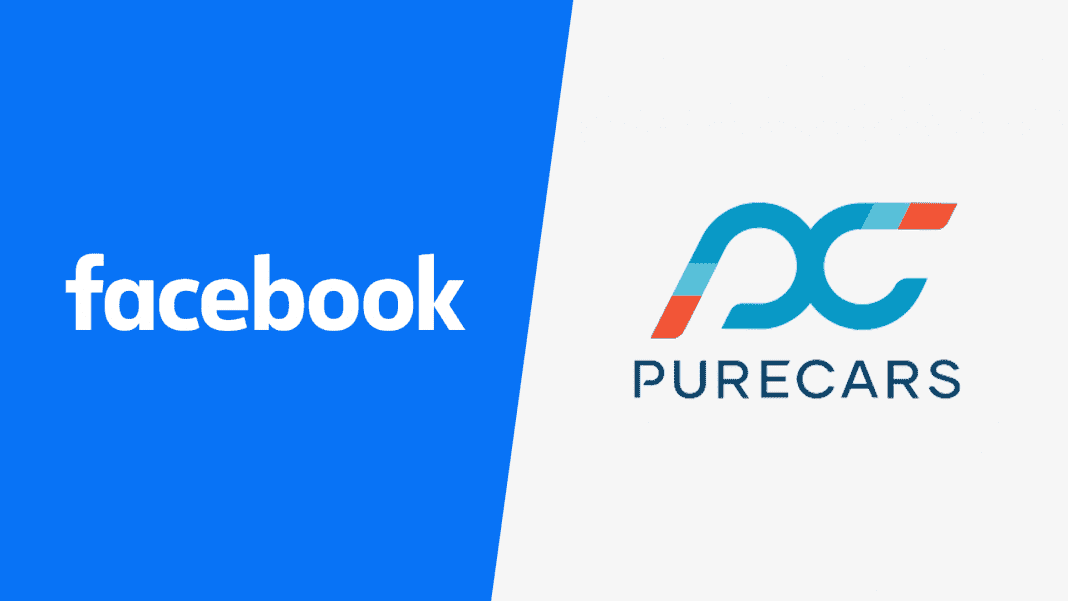These days digital retailing is all the rage. There seems to be an endless cycle of articles detailing how to do it and how to use it to increase vehicle sales. While it’s important to discuss marketing tactics, it’s also worth seeing how effective they actually are.
A joint study ran by Facebook and PureCars, a digital marketing and advertising company for dealers, focused on the impact digital retailing can bring for auto dealers by looking at real-world cases. The companies observed a lift test at the beginning of this year to reveal the gradual impact Facebook automotive ads can have on dealer businesses.
What are the results? Does the use of digital retailing make a difference for dealers? Check out these insights and takeaways from Facebook and PureCars’ study:
It’s Getting Customers to Dealer Websites
PureCars and Facebook looked at the engagement and sales rates of Facebook automotive inventory ads of 16 dealers. They monitored various metrics, but one of the critical results they found was that dealers saw a 76.4% increase in dealership web traffic. This action then led to a rise in the individuals who were a part of dealership retargeting campaigns.
For dealers, marketing campaigns depend a lot on web traffic and customers who engage with the website. The fact that digital retailing increases the number of people visiting a dealership’s online real estate is a pretty big deal and can lead to an increase in other lead generation events like form fill-outs, call-ins, and email sign-ups.
A Significant Increase in Retargeting Audiences
Retargeting has become a significant component in digital retailing strategies, and this study reveals that this tactic can be highly effective. According to the observations, test dealers achieved an 83% retargeting audience and an 11% prospective audience. Again, the retargeting numbers are likely higher because of the increase in website traffic.
Retargeting can bring customers back to dealership homepages or specific inventory sites. Visitors who are retargeted with display ads are 70% more likely to convert on the website. This tactic has shown to be successful, and it is worth it for dealers to consider adding it to their digital retailing strategies.
Ultimately, Sales Increased
While an increase in web traffic and retargeting is an excellent development, dealers want to know if marketing tactics are meeting ROI at the end of the day. Well, in PureCars and Facebook’s study, these tactics were shown to increase dealer sales by 23% at the cost of $136 per sale. That’s an exceptional result for dealers who are using primarily online methods to accomplish their sales goals.
For this study, PureCars and Facebook mainly looked at the impact digital retailing had on Facebook and Instagram platforms. This information is worth noting as 84% of automotive shoppers are on Facebook.
This social media tool—along with Instagram—has become a significant hotspot for consumers to find their preferred vehicle. So, this study not only revealed that digital retailing is a critical tactic, but that Facebook and Instagram are two of the best social media tools to do it with.
Digital Retailing is a Necessary Tool to Master
This study’s results are critical as the automotive industry is experiencing a major shift in how customers are researching, selecting, and purchasing cars. As a result of the COVID-19 pandemic, 62% of consumers are more likely to complete parts of the purchasing process online. This stat means that dealers will have to meet them where they are—which is online. Ultimately, digital retailing opens up various ways to reach out to and engage with audiences virtually while also positively impacting sales goals.
Did you enjoy this article from Chanell Turner? Read other articles from her here.
Be sure to follow us on Facebook and Twitter to stay up to date or catch-up on all of our podcasts on demand.
While you’re here, don’t forget to subscribe to our email newsletter for all the latest auto industry news from CBT News.
This has been a JBF Business Media production.








